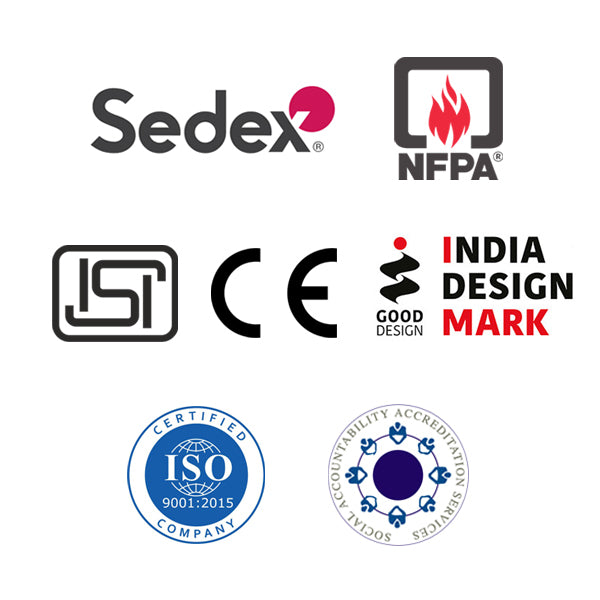F33NBG
Share
Cut Resistant Nitrile Gloves
- Cut resistant seamless NBR coated glove
- 13G UHWMPE & spandex blended liner
-
Black palm sandy coating on grey shell
ABRASION
TEAR RESISTANT
CUT RESISTANT
EN 388:2016+A1:2018
Delivery & Services

Easy Return
with our 15 days return poicy
Regular price
Rs. 0
Sale price
Rs. 0
Regular price
Tax included.
Shipping calculated at checkout.
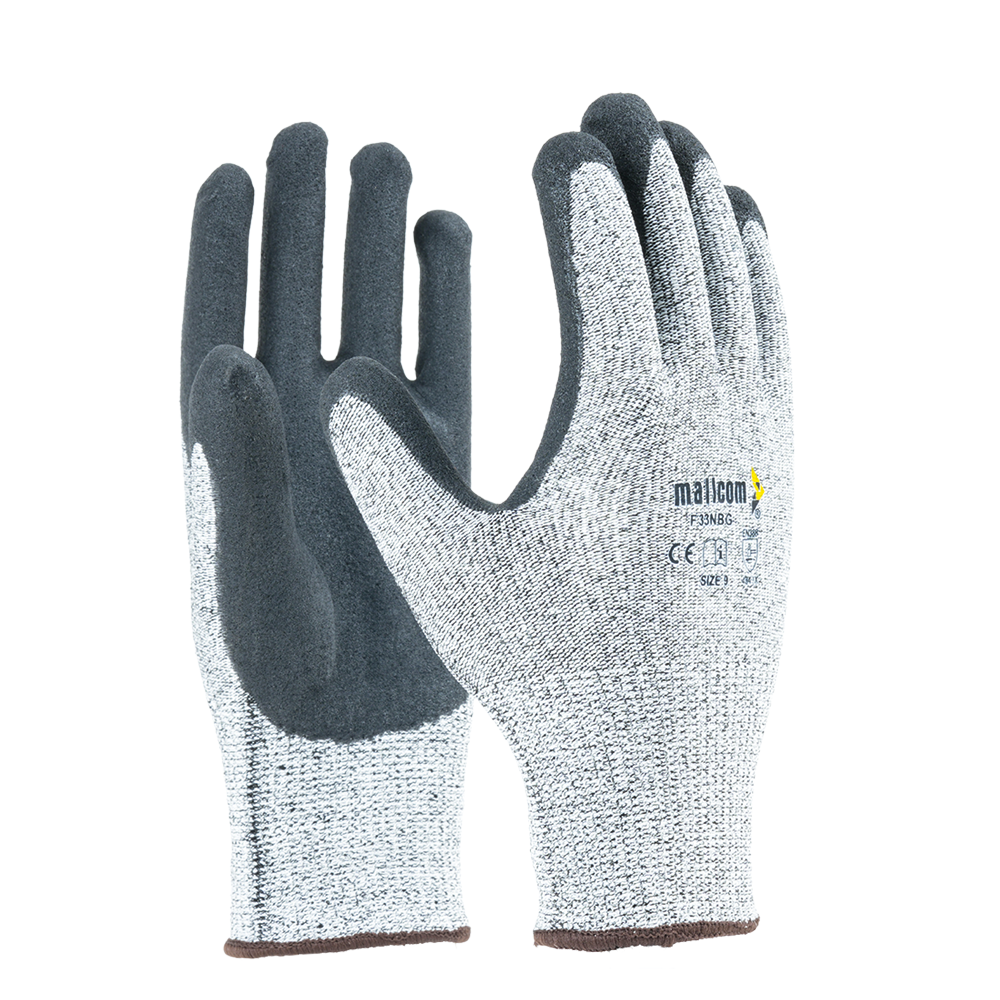
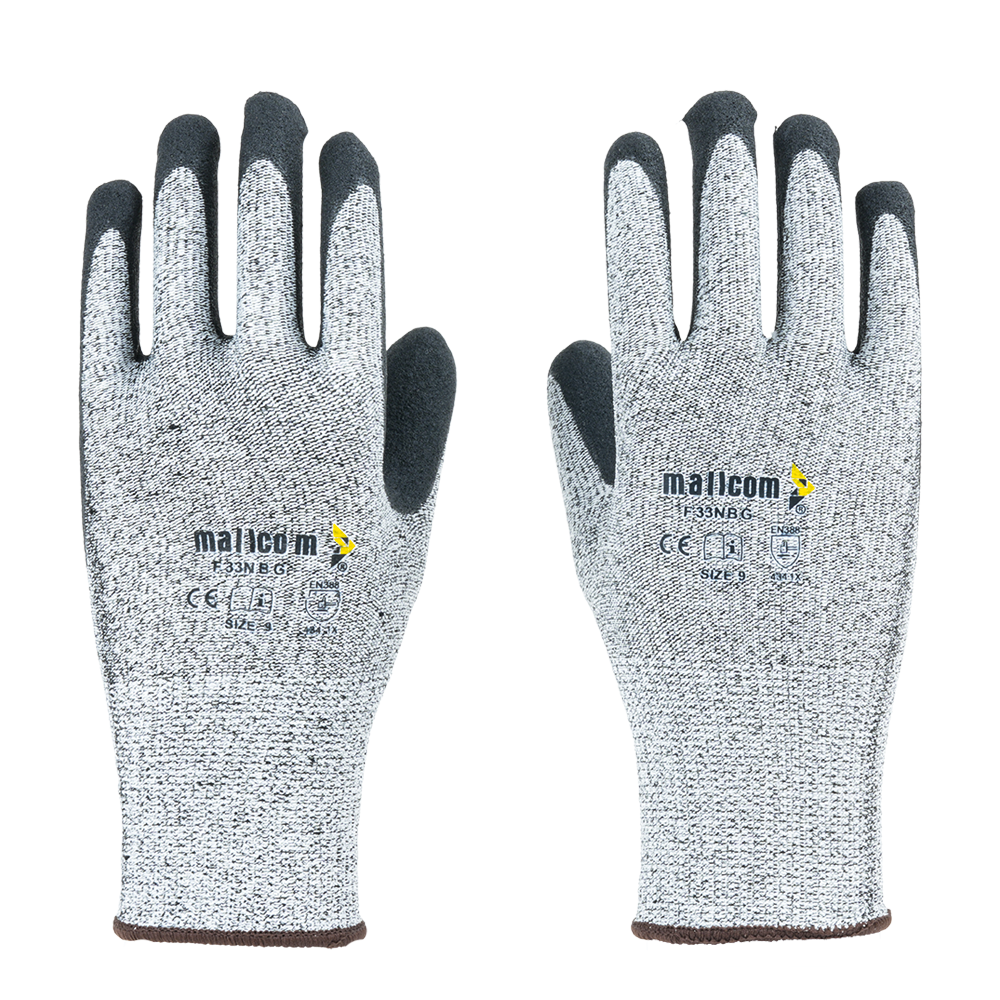
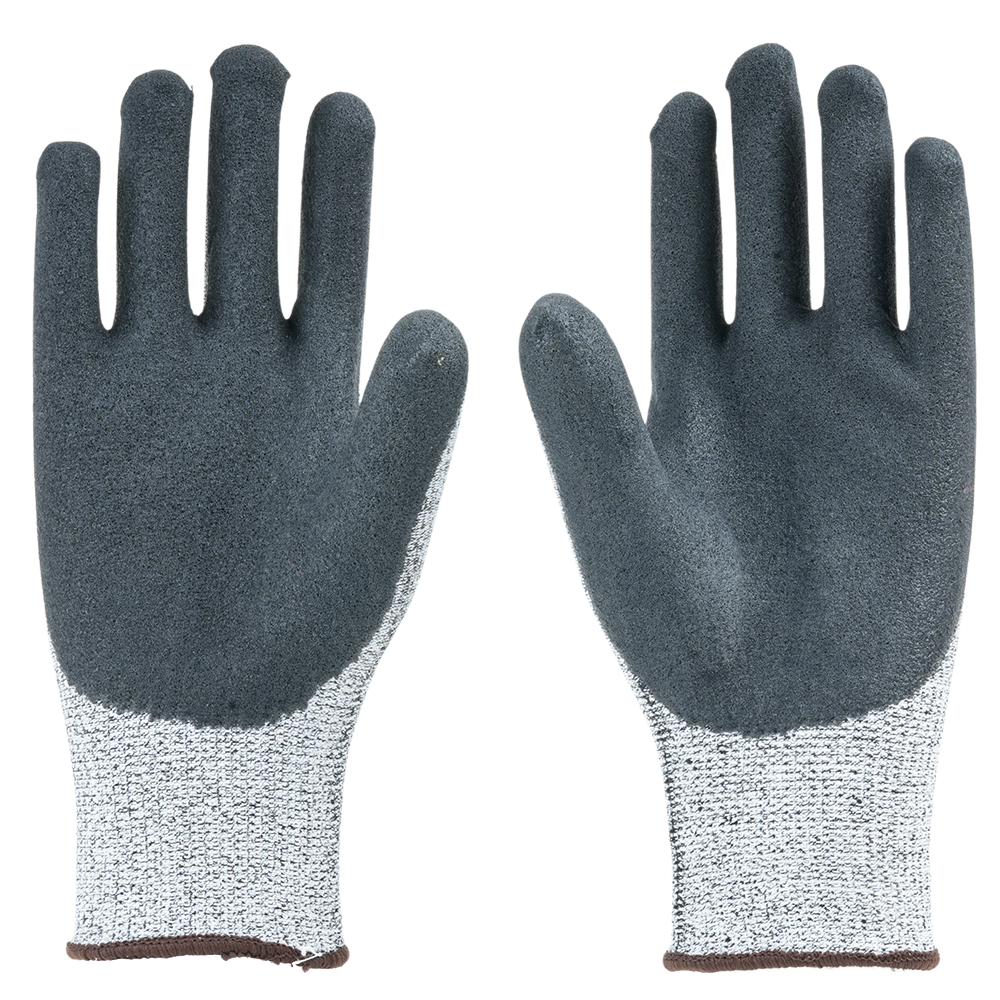
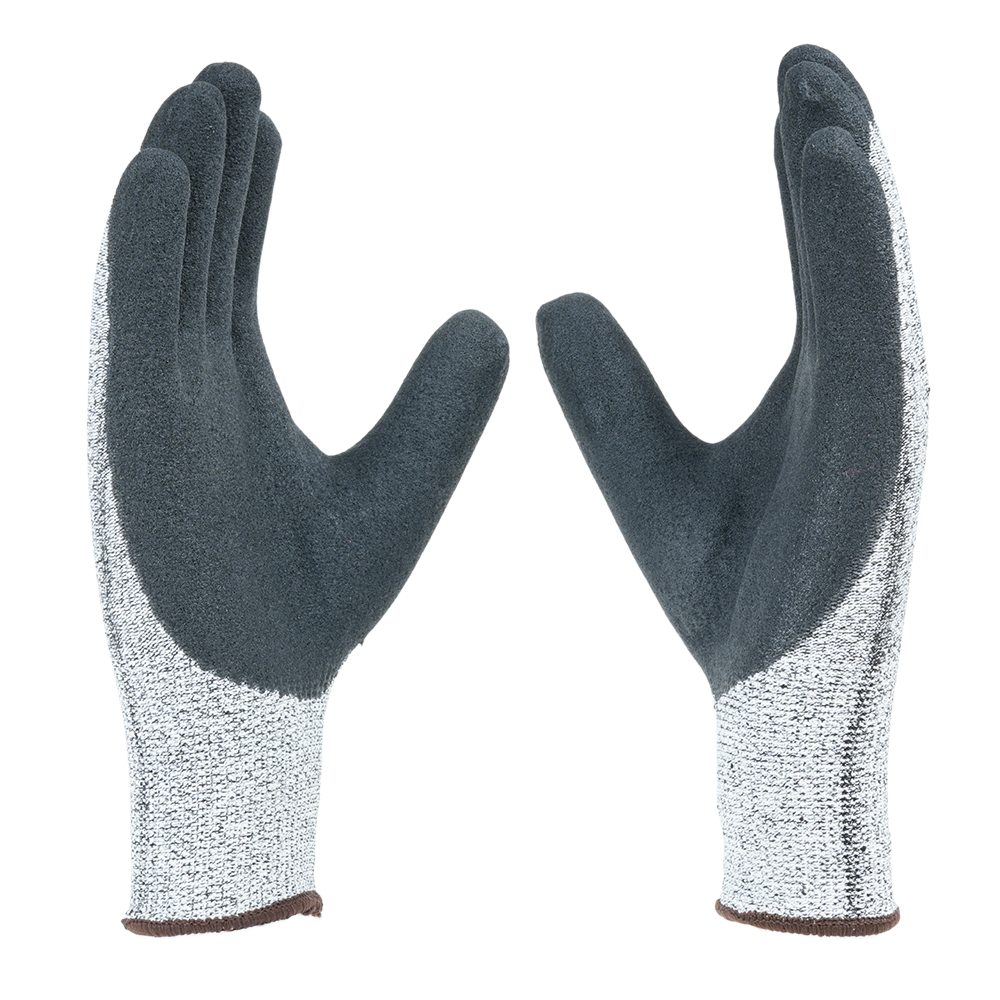
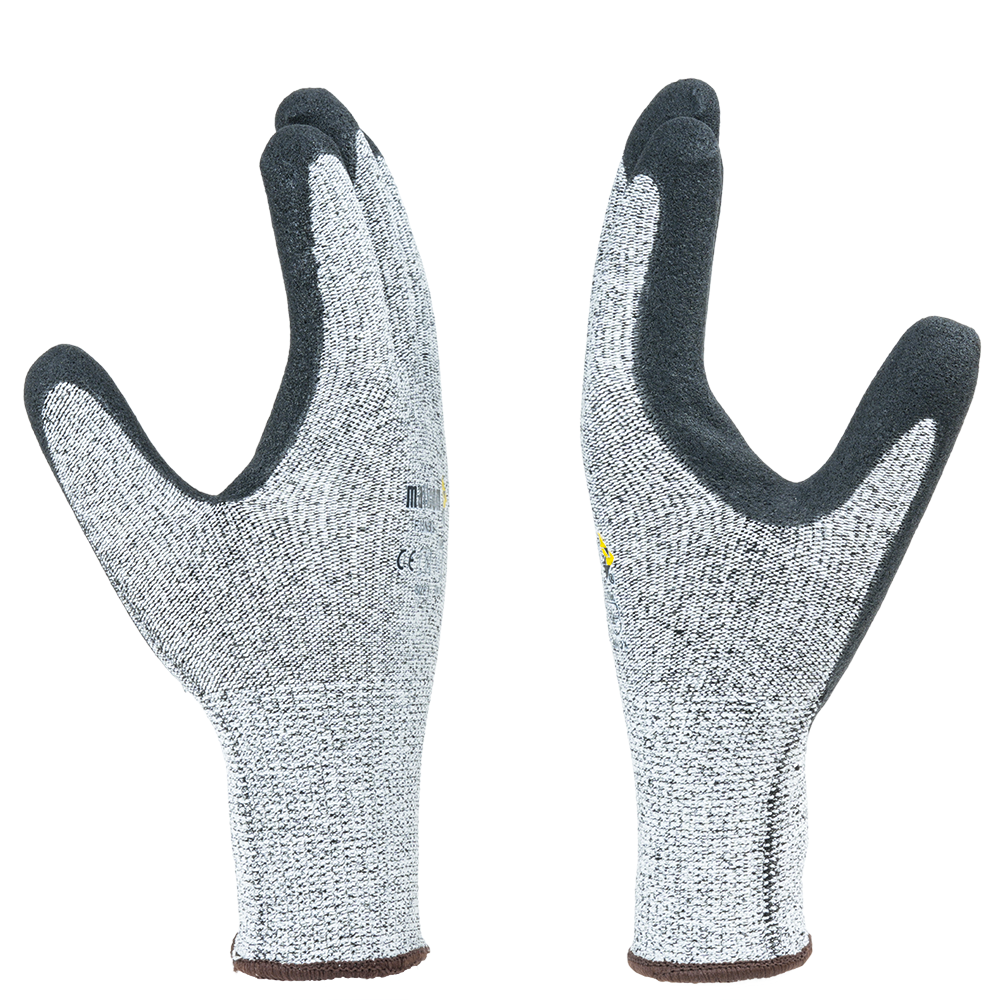
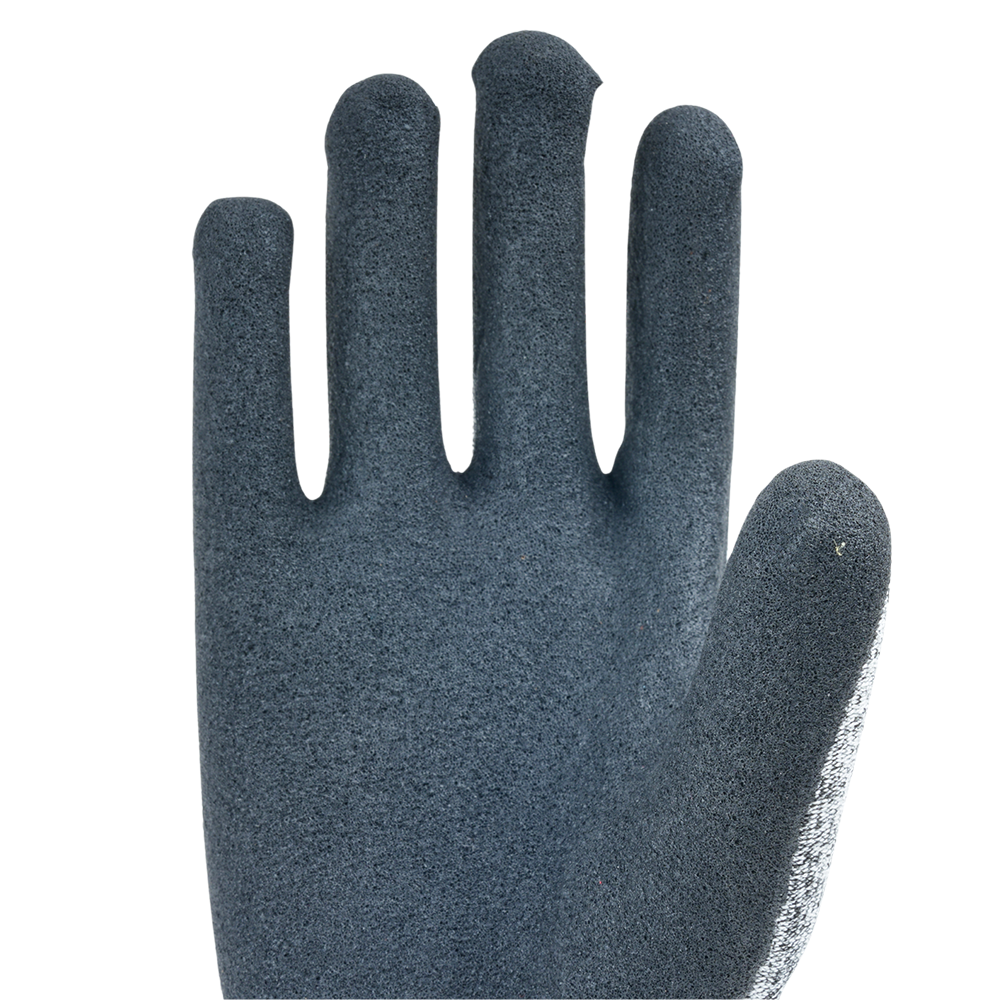
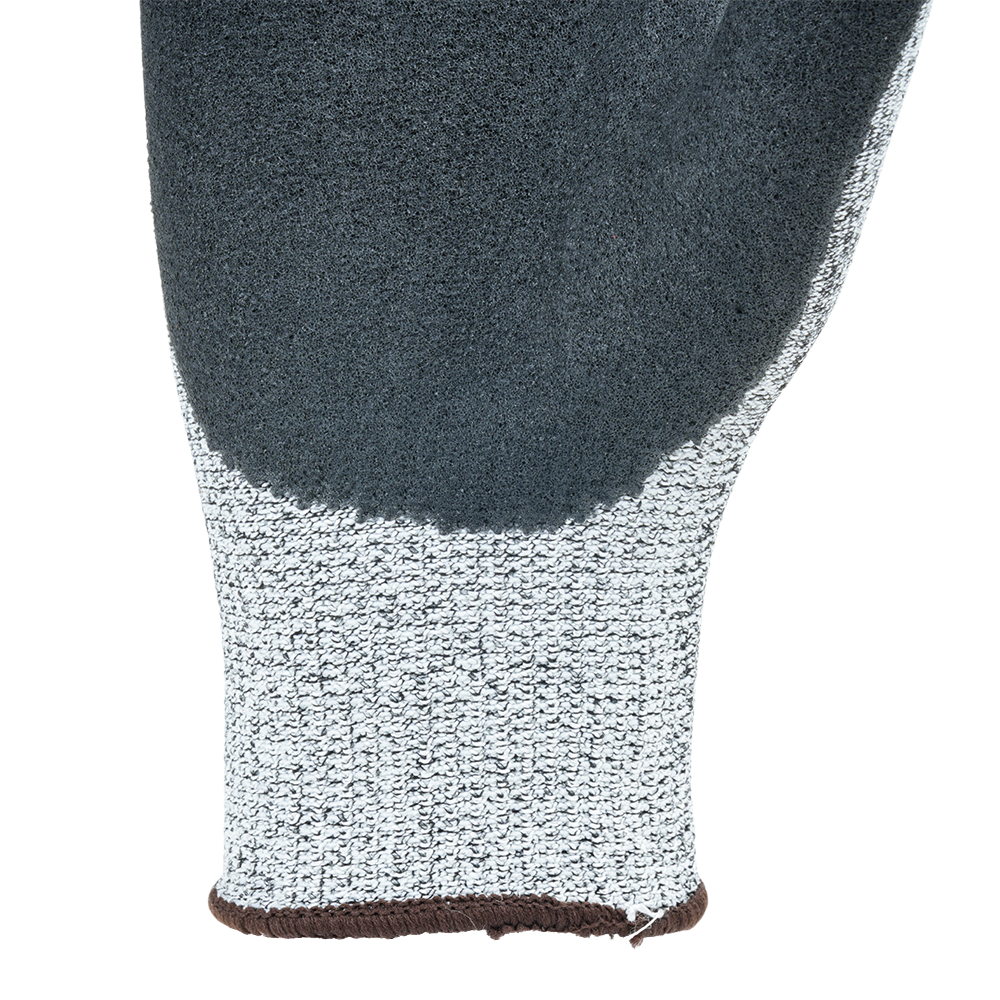
ABOUT THE DESIGN
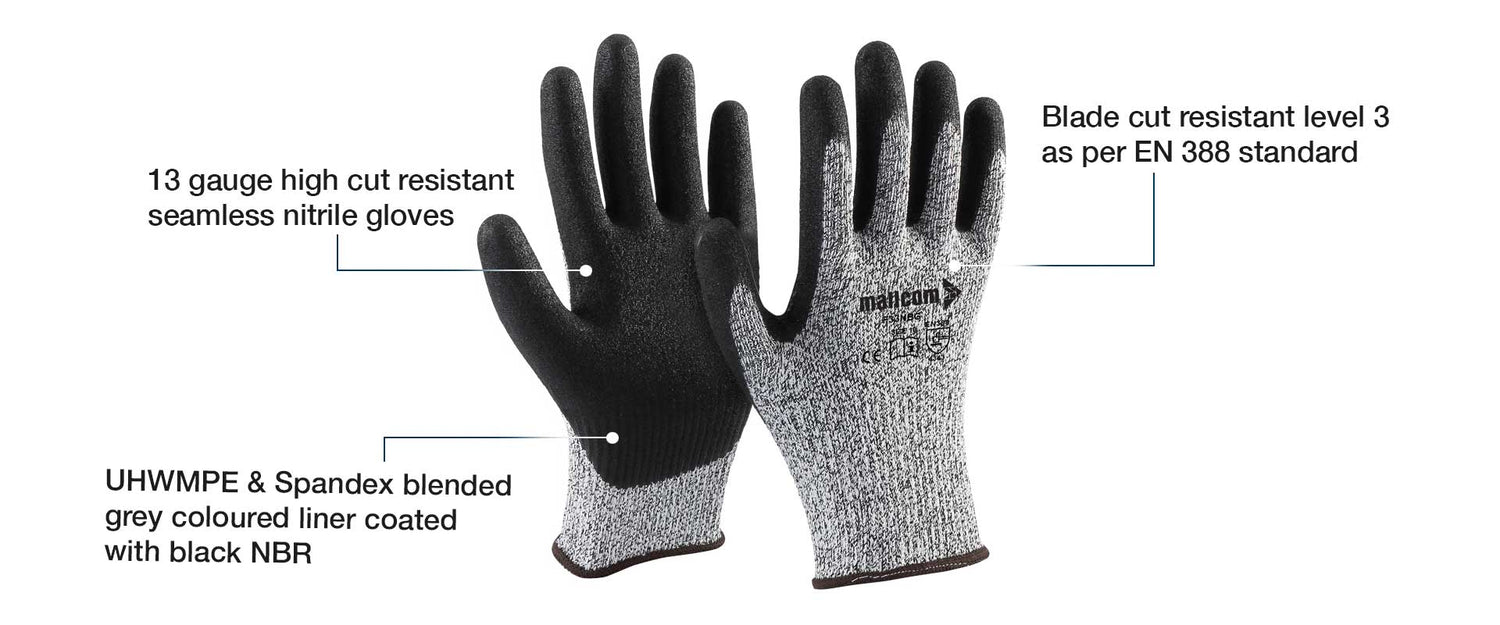
USEFUL IN THESE INDUSTRIES
AUTOMOBILE
GLASS & CERAMIC
LOGISTICS
HEAVY ENGINEERING
MANUFACTURING

Product Features
ABOUT THE DESIGN
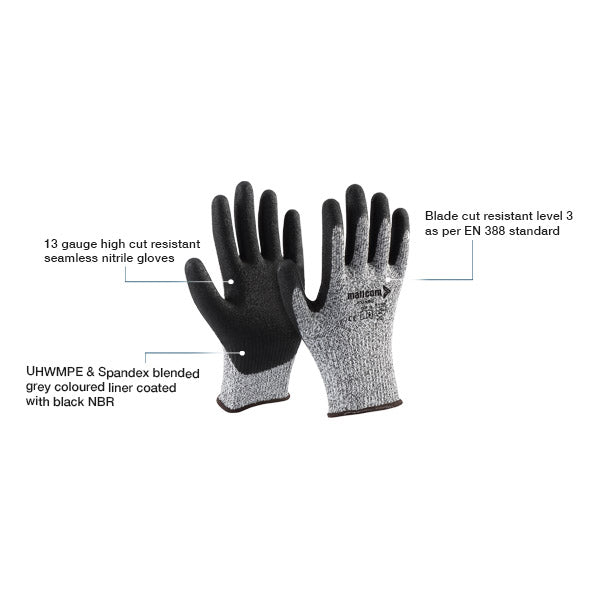
USEFUL IN THESE INDUSTRIES
AUTOMOBILE
GLASS & CERAMIC
LOGISTICS
HEAVY ENGINEERING
MANUFACTURING
Product Details
